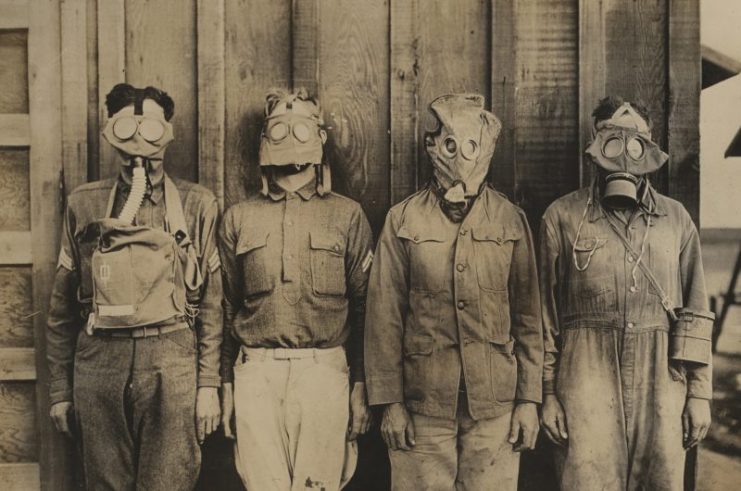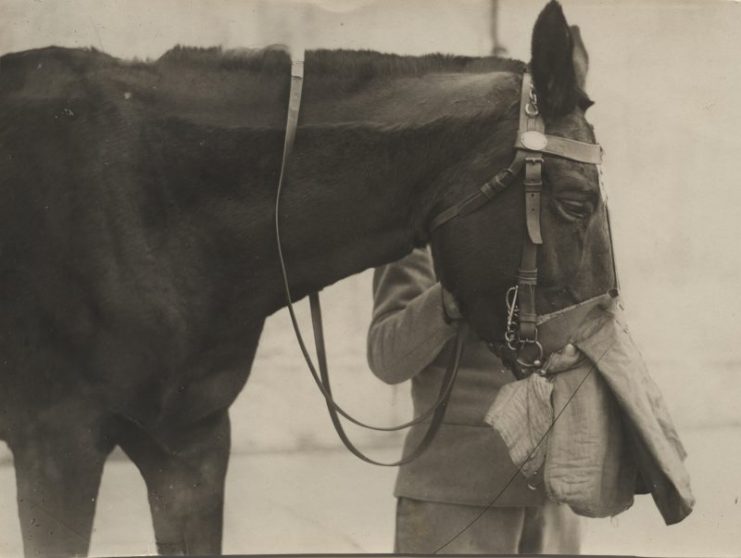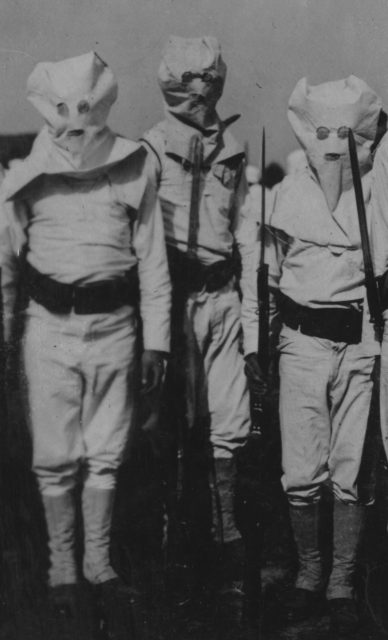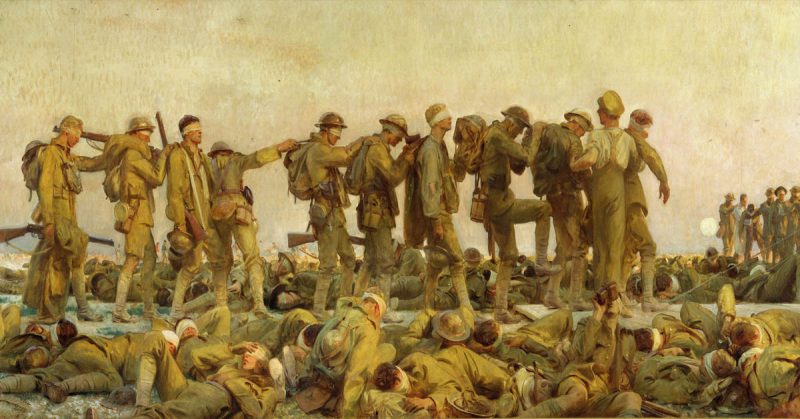One of the world’s largest war-related paintings will be exhibited in the Midwest for the first time as part of the inaugural Wylie Gallery exhibition John Singer Sargent Gassed as announced today by the National WWI Museum and Memorial.
Gassed, which measures a staggering 21-feet long by nine-feet tall, is a landmark painting from famed artist John Singer Sargent depicting a line of British soldiers blinded by exposure to poison gas at a dressing station. Considered one of the most important war-related works of the past several centuries, Gassed was hailed as “monumental” by the New York Times, a “masterpiece” by the Daily Mail, “magnificent” by the Telegraph, “epic” by the Associated Press and “extraordinary” by The Guardian. Upon viewing the painting for the first time, Sir Winston Churchill referred to the work as “brilliant genius.”
Today’s announcement falls on the birthday of Sargent, who was born on Jan. 12, 1856 to American parents in Florence, Italy.
“The significance of this painting cannot be understated – Gassed is one of the most important works of art from one of the preeminent artists of the past two centuries,” said National WWI Museum and Memorial President and CEO Dr. Matthew Naylor. “Gassed is a national treasure in the United Kingdom and bringing this magnificent painting to the National WWI Museum and Memorial stands as one of the most important achievements in our history.”

The historic painting is making its debut in the Midwest and is in the United States for just the second time since its completion in 1919. The scene in Gassed is the aftermath of a mustard gas attack on the Western Front in August 1918 as witnessed by Sargent, one of the most famous portrait artists of the 19th and 20thcenturies whose work continues to be featured in museums throughout the world.
In a juxtaposition, a football match is being played in the background lit by the evening sun, seemingly unaware of the damaged and blinded parade of Tommies (British soldiers). Mustard gas was an indiscriminate weapon that caused widespread injury and burns, as well as affecting the eyes. The painting gives clues about the management of the victims, their relative lack of protective clothing and the impact and extent of the gas attack as well as its routine nature – the football (soccer) match carries on regardless.

Sargent was commissioned by the British government to contribute the central painting for a Hall of Remembrance in London for World War I. He was given the theme of “Anglo-American Co-operation,” but was unable to find suitable subject matter and chose a scene of the gassed men instead. Sargent completed the painting in March 1919 and it was one of the final noteworthy works he completed before his death in 1925 at the age of 69.
“Seeing this painting in person is an absolutely unique experience,” said National WWI Museum and Memorial Senior Curator Doran Cart. “The size, scope, magnitude and artistry of Gassed certainly places the work as one of the most seminal in the modern era.”

Gassed, which is on loan from the Imperial War Museums in the U.K., has been viewed by tens of millions of people since its completion. It’s significance has grown over time as noted British broadcaster/historian Jon Snow hailed the painting as one of the “10 Best British Artworks About War,” while The Guardian listed Gassed among “1,000 Artworks to See Before You Die.”
The special exhibition also includes original maps showing the location of the dressing station where Sargent witnessed the scene and reproductions of many of Sargent’s study drawings for the painting. Additionally, the Museum and Memorial partnered with the U.S. Army Chemical Corps Museum to feature historical and contemporary objects showing detection and protection from chemical warfare from World War I through the modern era.
Presented by Buffalo Funds, John Singer Sargent Gassed is open from Friday, Feb. 23 through Sunday, June 3.
National WWI Museum and Memorial
https://vimeo.com/236119006
